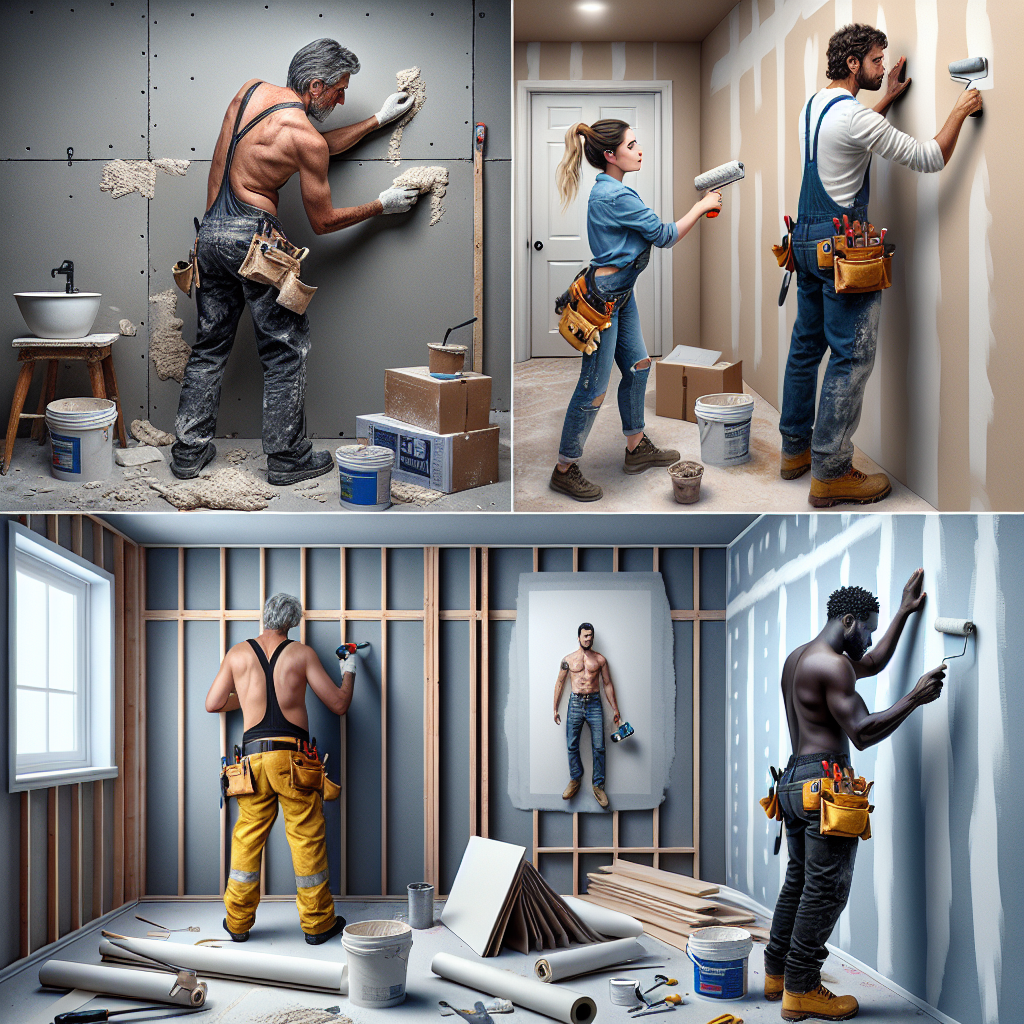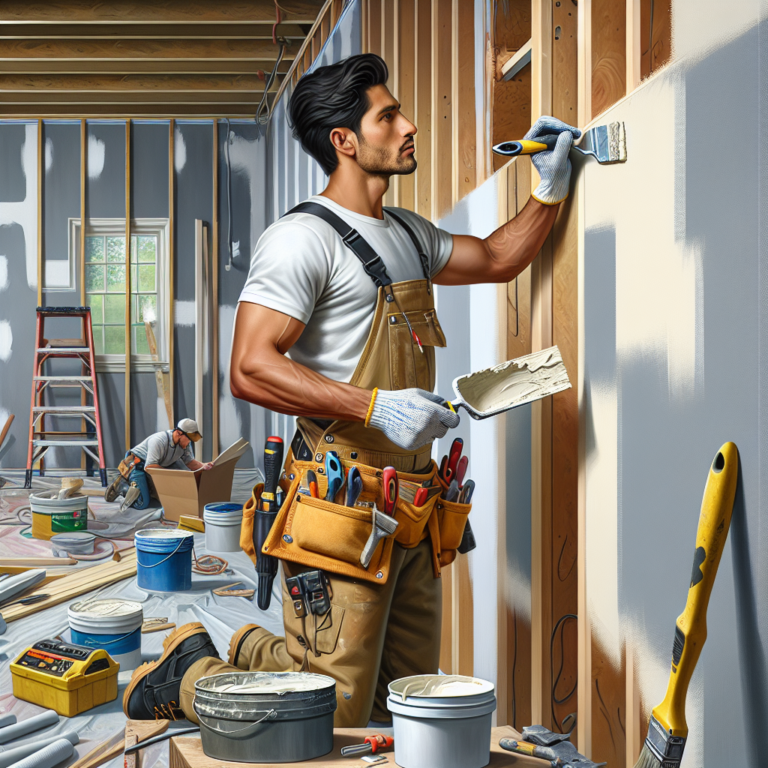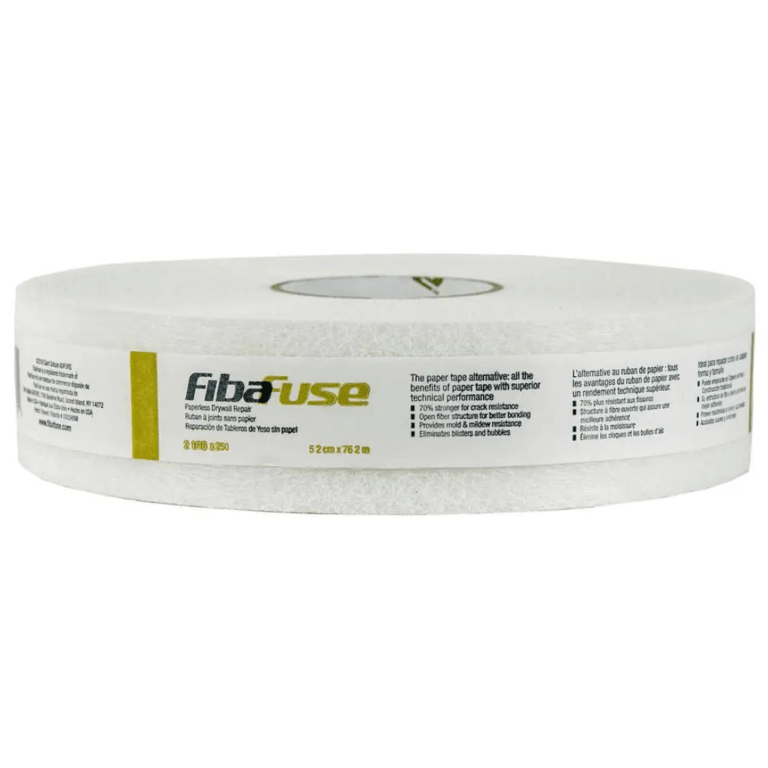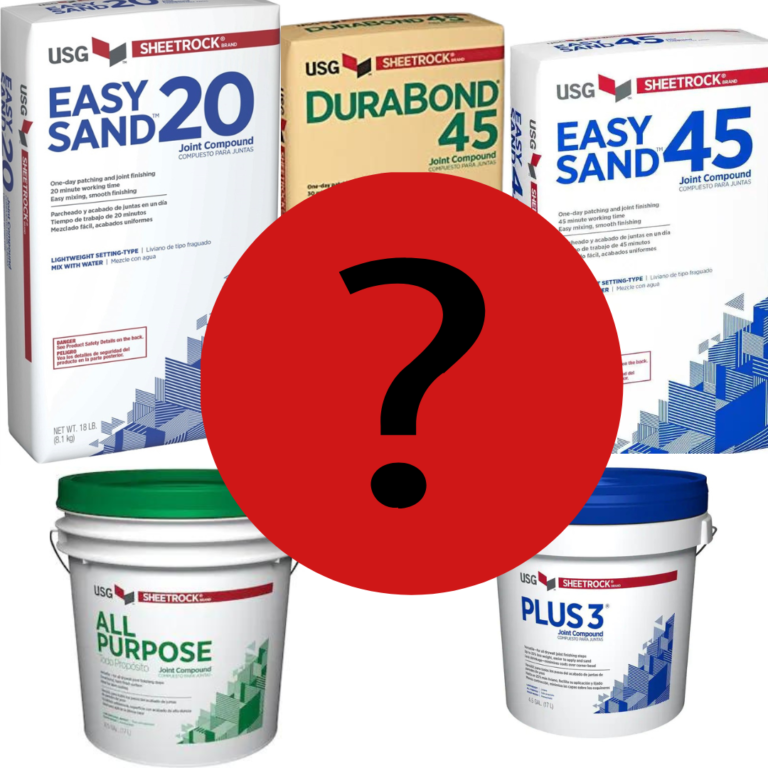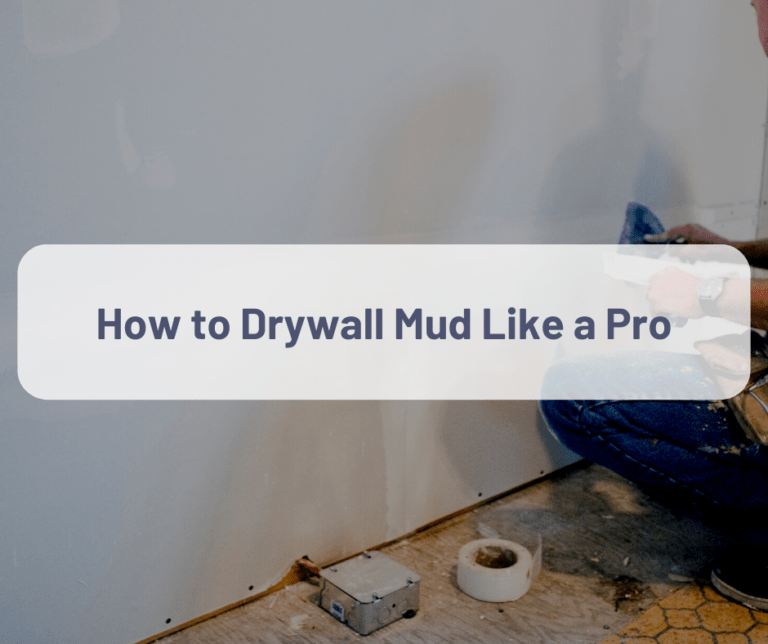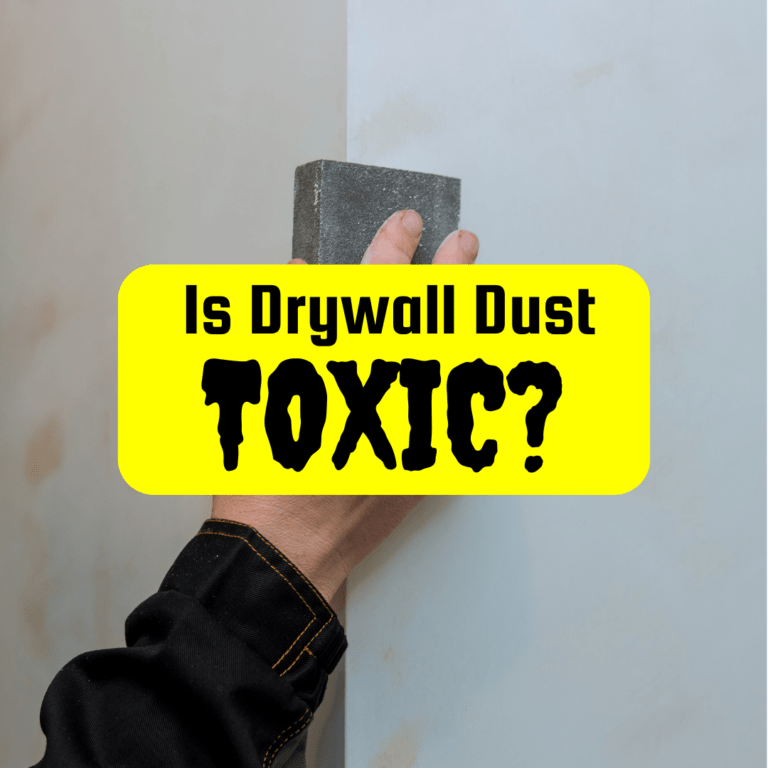Drywall Tape Types and Their Uses
When it comes to drywall installation and finishing, tape plays a crucial role in achieving seamless walls and ceilings. With various types of drywall tape available, choosing the right one can significantly impact the durability and appearance of your finished work. In this article, we’ll explore the types of drywall tape, their uses, and expert insights on how to make the best selection for your projects.
Understanding Drywall Tape: A Fundamental Overview
Before diving into the various types of drywall tape, it’s essential to understand its purpose. Drywall tape is used to cover the seams between drywall panels, allowing for a smooth, blemish-free finish. Drywall tape adheres to the compound applied to the seams and prevents cracking or splitting, ultimately contributing to the overall strength and integrity of the drywall surface.
Types of Drywall Tape
1. Paper Tape
Description: Paper tape is a traditional and widely used drywall tape made of lightweight paper with a crease down the middle.
Uses:
- Often used for new drywall installations, especially where seams require a clean, professional finish.
- Suitable for covering butt joints (where the ends of drywall sheets meet) and corner areas.
Advantages:
- Superior strength when combined with joint compound.
- Provides a seamless finish, making it less visible under paint.
- Cost-effective and easy to handle.
Disadvantages:
- Requires more experience to install effectively compared to other types.
- More susceptible to tearing during application.
Expert Tip: To enhance bonding, use a setting-type joint compound instead of premixed compounds.
2. Fiberglass Mesh Tape
Description: Fiberglass mesh tape is made of interwoven fiberglass strands, offering a strong alternative to paper tape.
Uses:
- Ideal for repairing cracks in drywall or covering joints in drywall installations, particularly in high-moisture areas like bathrooms or kitchens.
- Recommended for use with joint compound over existing drywall.
Advantages:
- Water-resistant, making it suitable for humid environments.
- Doesn’t require pre-mudding before application, saving time in repairs.
- Accommodates movement better than paper tape.
Disadvantages:
- Requires care during the application to avoid bubbling or irregularities.
- May require additional layers of joint compound due to its generally thicker profile.
Pro Tip: When using mesh tape, apply a thin layer of joint compound beneath and over the tape to ensure proper bonding.
3. Self-Adhesive Mesh Tape
Description: Self-adhesive mesh tape combines the properties of fiberglass mesh with the convenience of an adhesive backing.
Uses:
- Great for quick repairs and patchwork.
- Perfect for novices who want a no-fuss application process.
Advantages:
- Eliminates the need for compound beneath the tape, making application straightforward.
- Can be applied directly to cracks and corners without prior preparation.
Disadvantages:
- Limited durability compared to paper tape under stressful conditions.
- Risk of showing through finishes if not applied correctly.
Personal DIY Experience: I once opted for this tape while repairing wall cracks in my bathroom. The ease of use truly shined, but I learned that applying additional compound generously helped hide the mesh from view.
4. Vinyl Corner Bead Tape
Description: Vinyl corner bead tape provides a durable edge for corner joints, especially in high-traffic areas.
Uses:
- Typically used in exterior corners where drywall sheets meet.
- Offers enhanced protection against chipping and dents.
Advantages:
- Extremely durable and resistant to cracking.
- Designed to create perfect angles when installed correctly, making it ideal for clean finishes.
Disadvantages:
- More complex installation than traditional tape.
- Usually requires additional tools and careful handling.
Expert Insight: Use the vinyl corner bead in commercial spaces or areas that see a lot of wear and tear to avoid having to perform repairs frequently.
Application Techniques for Different Types of Tape
Understanding how to apply each type of tape correctly can make all the difference in achieving a professional finish.
Paper Tape Application
- Preparation of Joint Compound: Use a setting compound for initial applications.
- Applying Tape: Cut a strip of tape slightly longer than the joint length. Embed it into the applied compound with a drywall knife, smoothing out air bubbles.
- Finishing Touches: Let it dry before applying subsequent layers of joint compound.
Fiberglass Mesh Tape Application
- Surface Preparation: Clean the area and apply a thin layer of joint compound.
- Taping Process: Lay down the mesh tape directly over the joint and press down to adhere.
- Compound Application: Cover with another layer of joint compound.
Common Mistakes to Avoid
- Using the Wrong Tape for the Job: For example, using paper tape in high-moisture areas can lead to mold growth due to insufficient adhesive properties.
- Insufficient Joint Compound Application: Not applying enough compound under the tape could lead to bubbling and loose tape.
- Skipping Sanding Processes: Failing to sand between layers can result in a visible seam or an uneven surface.
Conclusion: Choosing the Right Tape for Your Project
Ultimately, the choice of drywall tape depends on the specific needs of your project. Incorporating expert recommendations, your level of experience, and conditions that the drywall will face, can help in choosing the appropriate tape.
If you’re tackling a new drywall installation, paper tape may certainly be your best bet due to its reliability. However, for repair projects or areas prone to moisture, considering fiberglass mesh or self-adhesive mesh tape may lead to better long-term results.
For more guidance on achieving perfectly finished drywall, check out these resources:
Share & Resources
If you found this guide helpful, please share it on Pinterest, Facebook, or Reddit! Your support helps others find useful information about selecting the best drywall tapes.
Contractors, home improvement bloggers, and DIY forums: feel free to link back to this article to help your audience with expert drywall repair tips.
Together, let’s empower our communities with the knowledge to improve our homes, one drywall project at a time!

